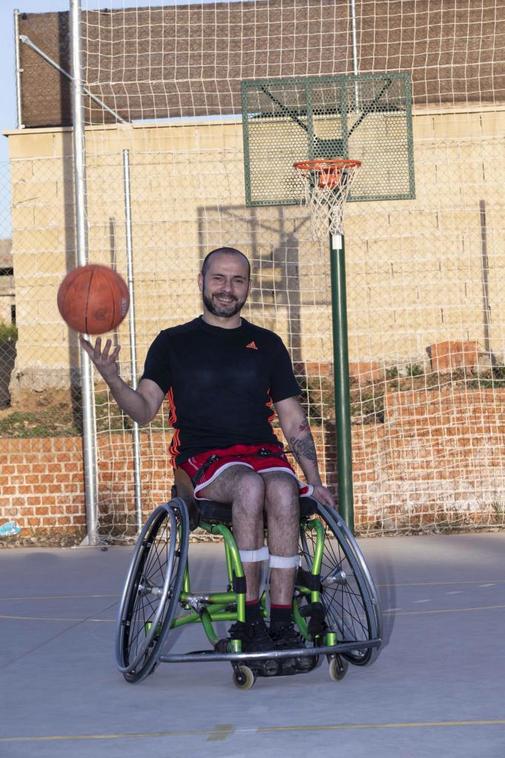- Trial: Start a Spanish stem cell treatment for patients with partial spinal cord injury
«Watch this video: You are moving an exercise bike! . And this one: He's swimming! And this ... he is almost walking on crutches and had been in a wheelchair for more than 15 years! Not even the permanent soniquete of the telephone during the interview - he is the fashionable man in public health these days - is able to overshadow the countenance of Jesus Vaquero, illuminated with pride. It is not for less. The Head of Neurosurgery at the Puerta de Hierro Hospital in Madrid and his team have developed the first advanced non-industrial production therapy.
Said in silver: the first drug that produces Spanish public health. It is a therapy with stem cells extracted from the patient's bone marrow and suspended in its own plasma that has been useful to recover mobility in patients with partial spinal cord injury . “They don't get to walk but we have achieved recovery and a huge improvement in their quality of life, their sphincter control, their sexual function and their sensitivity,” explains Dr. Vaquero.
It refers to stories like David Serrano's, in a chair for 17 years when he suffered an accident before he turned 30, and now he is able to move a bicycle, but also to that of more than a hundred patients in whom The therapy has already been tried. Its scientific feat is undeniable, but it is even more bureaucratic. «It was not expected that public health would do something like this and it has taken us several months to articulate a system to be able to put a price on this therapy», which was an indispensable condition to start administering it to patients from all over Spain as one more benefit and not only in the framework of research trials, explains Encarnación Cruz, responsible for advanced therapies in the Community of Madrid.
It was finally the Pharmacy Commission of the Interterritorial Council that has put a price on the new therapy: it will cost 21,577 euros per patient (two doses are administered to each patient). A price to be paid by the hospital from which the patient comes to the Puerta de Hierro Hospital, the only one authorized to produce the new therapy, baptized as NC1. "Even the way of calculating the price has had to be designed and will serve not only for this therapy, but for any other advanced therapy of non-industrial production," explains Cruz.
The novelty is that, as a commercial benefit is not sought, the price has not been set taking into account what it has cost to investigate the drug (about 2.2 million euros in 20 years) but only its direct production costs. It has also included a "small margin as an incentive to the hospital that has investigated it to continue investigating," says Cruz. This margin, in the case of NC1, has been 5% of the price, which will serve to incentivize the Iron Gate.
An adjusted price
Cowboy sees just the price: «Investigating is never easy or cheap. In these 20 years that we have been investigating this therapy we have missed going to the subway with the piggy bank. We have had many public projects of the Carlos III Health Institute through the FIS, but also with very important funding from the Mapfre Foundation first and the Pino Foundation later. Also with an association of spinal cord injuries that donated a white room to us ».
The head of Neurosurgery at Puerta de Hierro confesses that “in these years we have had many offers from the pharmaceutical industry, many, but we have rejected them all because, reasonably, to be able to commercialize this therapy all pharmaceutical companies wanted to do it with allogeneic cells -of donors - and yet the experience we had with the trials told us that for the nervous system the ideal is autologous cells, those of the patient himself. Therefore, only from the public system could something like this be developed ».
Saved already the last bureaucratic procedure, NC1 can already be administered to many of the 40,000 spinal injuries in Spain, a number that grows with almost 1,000 new cases annually. But for now, it will begin in its first two years with some 100 spinal injuries that, like David Serrano, may remember the sensation of riding a bike in a few months.
According to the criteria of The Trust Project
Know more- Science and Health
Balearic Islands Students and teachers join forces in the face of the climate crisis
Nature The man who takes you the sounds of the forest home
Environment Detect tap water contaminated with chemicals in California

